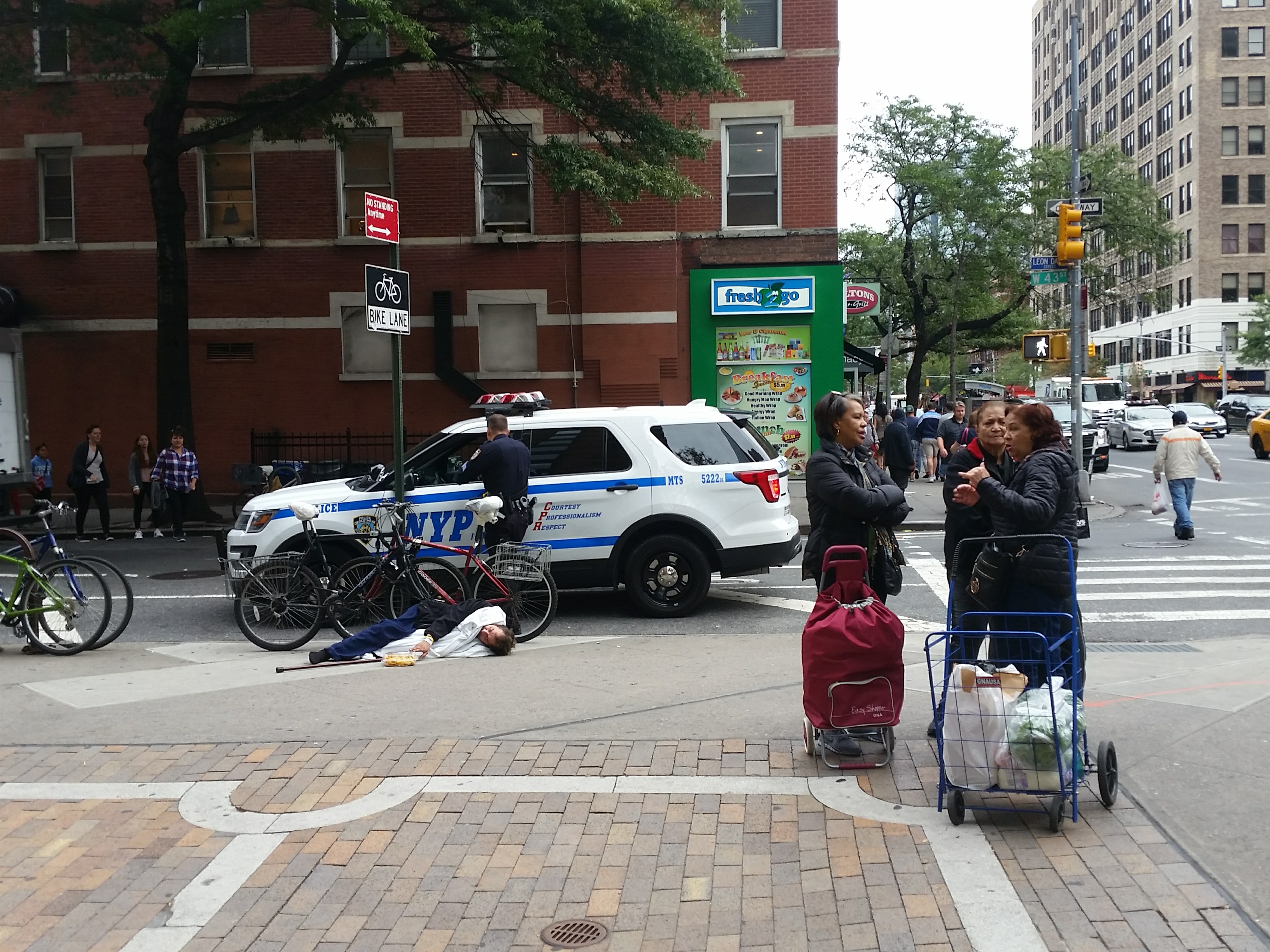A significant trend in criminal justice these days is the adoption of risk-assessment tools. These tools--usually short surveys administered to people who have been arrested or charged with a crime or are being released from incarceration--are used to predict the likelihood of recidivism make decisions about mental health/drug treatment or social services.
In a promising development, social scientists have been seeking to validate the effectiveness of these tools. If a tool is dubbed "validated" or "evidence-based" it means there is empirical research to show that its predictions about the likelihood of recidivism or the appropriateness of a particular social service intervention have a high likelihood of being correct. (I write "high likelihood" because nothing is ever going to be 100 percent predictive).
The application of scientific methods to these tools is exciting; it holds out the promise of being able to remove bias from decisions in the justice system (which, as we know, is rife with bias) and relying on only objective facts to decide punishment. But these tools aren't foolproof (what is, after all?) One of those dangers is that they can overlook bias so deeply embedded in our culture, they perpetuate it.
That's one of the points that Professor Reuben J. Miller, assistant professor of social work at the University of Michigan, and his research collaborator Hazelette Crosby-Robinson made when I interviewed them for the Center for Court Innovation's podcast series New Thinking. They outlined some of the criticisms that have been leveled against risk assessment tools. Those criticisms include placing too much emphasis on geography and criminal history, which can distort the actual risk for clients from neighborhoods that experience an above-average presence of policing and social services. "Geography is often a proxy for race," Miller says.
You can listen to the podcast, which was recorded on Sept. 30, 2016, on the Center for Court Innovation's site or iTunes.
Sunday, October 23, 2016
Tuesday, October 18, 2016
On the Sidewalk

Every day, I see more and more people sprawled on the street. A scene like this is typical: life going on while a guy is flat on the ground. Often, the blankets, boxes and bedding around the figure suggest they are homeless. Less often, the person looks as if they've collapsed on the spot--I assume intoxicated with a substance, as appears to be the case with this man whom I saw a couple weeks ago at the corner of 9th Avenue and 43rd Street in Manhattan.
What's unusual in this photo is that a police officer is on the scene, although the situation doesn't necessarily call for police intervention. A representative from a social service agency would be ideal. I suppose in the old days (whenever they were), a stranger might have offered a helping hand. Did such days really exist? Perhaps in a small town people were (and are) willing to lend a hand, when requests for help come infrequently. But in Manhattan, where there are people begging on every other street corner and bodies and blankets squeezed into doorways and along sidewalks across Midtown, stopping to help does not feel like a viable option. The problem is too large for any one good Samaritan, and even stopping to give a quarter or a sandwich isn't a solution (although perhaps it is a solution of the moment, for one person's fleeting need).
Each person I see provokes a series of questions: Who are they? How did they get there? Are they in any way responsible for their current unfortunate situation or are they entirely victims (and why do I feel the need to assign blame anyway)? Aren't there social services that can help them? Why are there so many street people? Why don't they rise up and demand change? Why don't they travel to a friendlier environment where they can sleep on soft ground and not cement? What was their life like 10 years ago? What will it be like 10 years from now?
Subscribe to:
Posts (Atom)